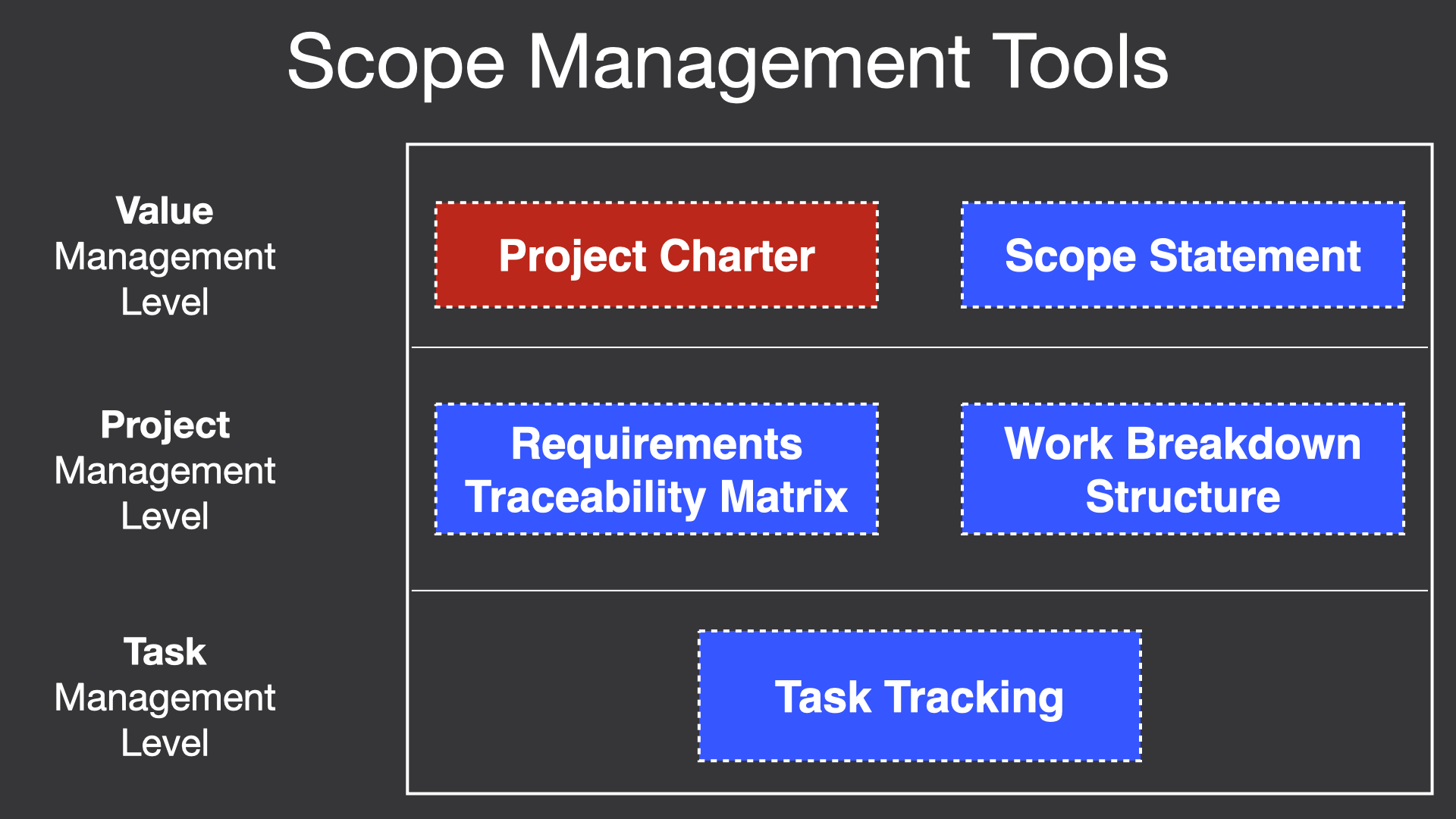
In this article, you’ll find project charter examples for a real-life project. Then, we’ll discuss how to use it in the real world. In addition, you can get a simple project charter template I developed and used throughout 12 years as an IT project manager.
In this article, you’ll find project charter examples for a real-life project. Then, we’ll discuss how to use it in the real world. In addition, you can get a simple project charter template I developed and used throughout 12 years as an IT project manager.

A project charter is arguably the most critical document on a project.
However, many project managers omit it…
…and it leads to project failure.
What is a project charter?
A project charter is a document issued by the project initiator or sponsor that formally authorizes the existence of a project and provides the project manager with the authority to apply organizational resources to project activities.
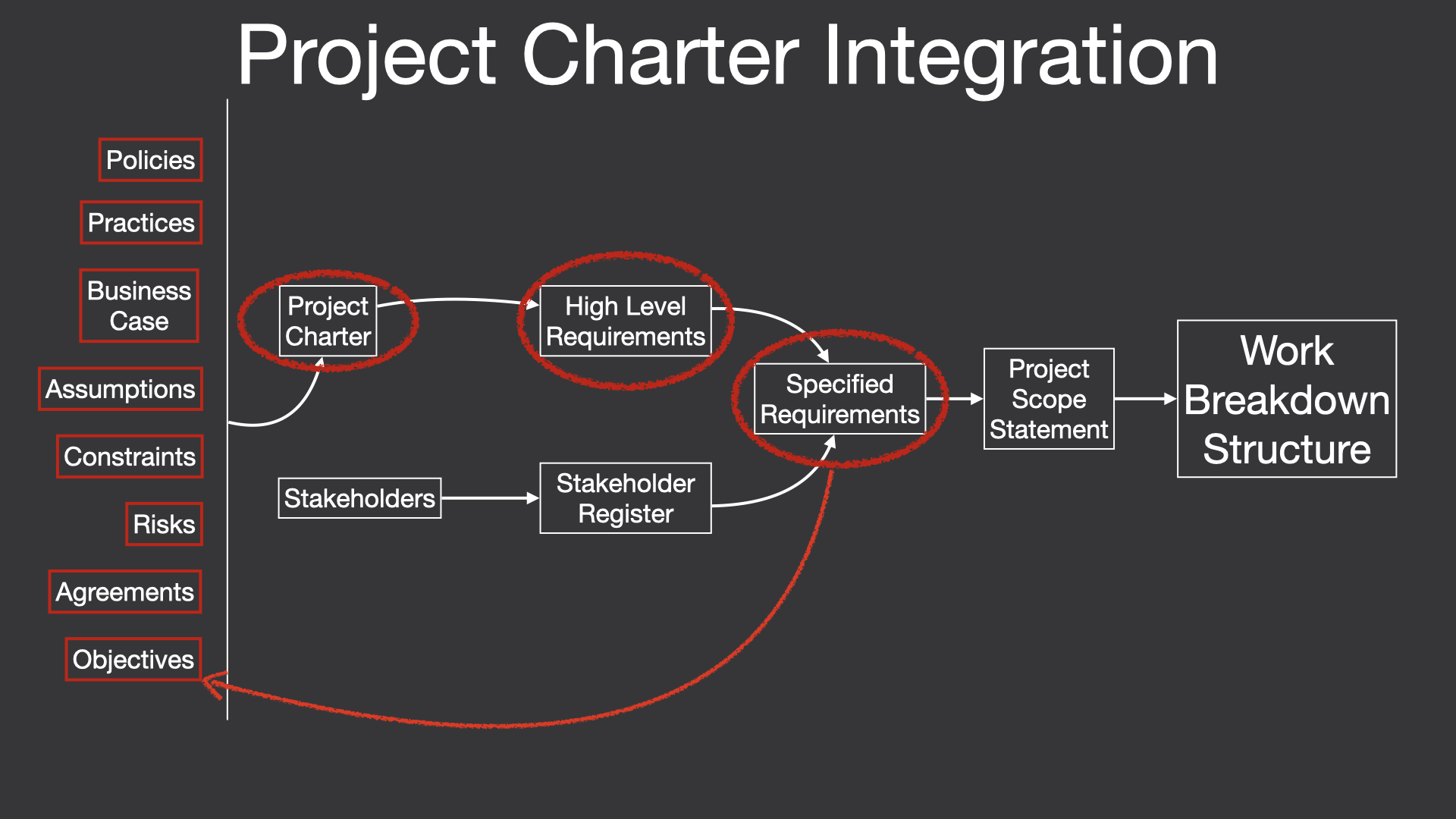
But this definition is theory. In practice, a project manager creates a project charter:
A project charter acts as a soft agreement between a project manager and project owners not to change the project timeline, scope, and budget without proper consideration and impact analysis.
This is to allow you to conduct project planning on a stable vision at the start of the project. After that, you’ll use the project charter to keep to the project scope and objectives.
Let’s review how it works.
Table of Contents:
You can read through the project charter example below, or I can walk you through all the details in this video.
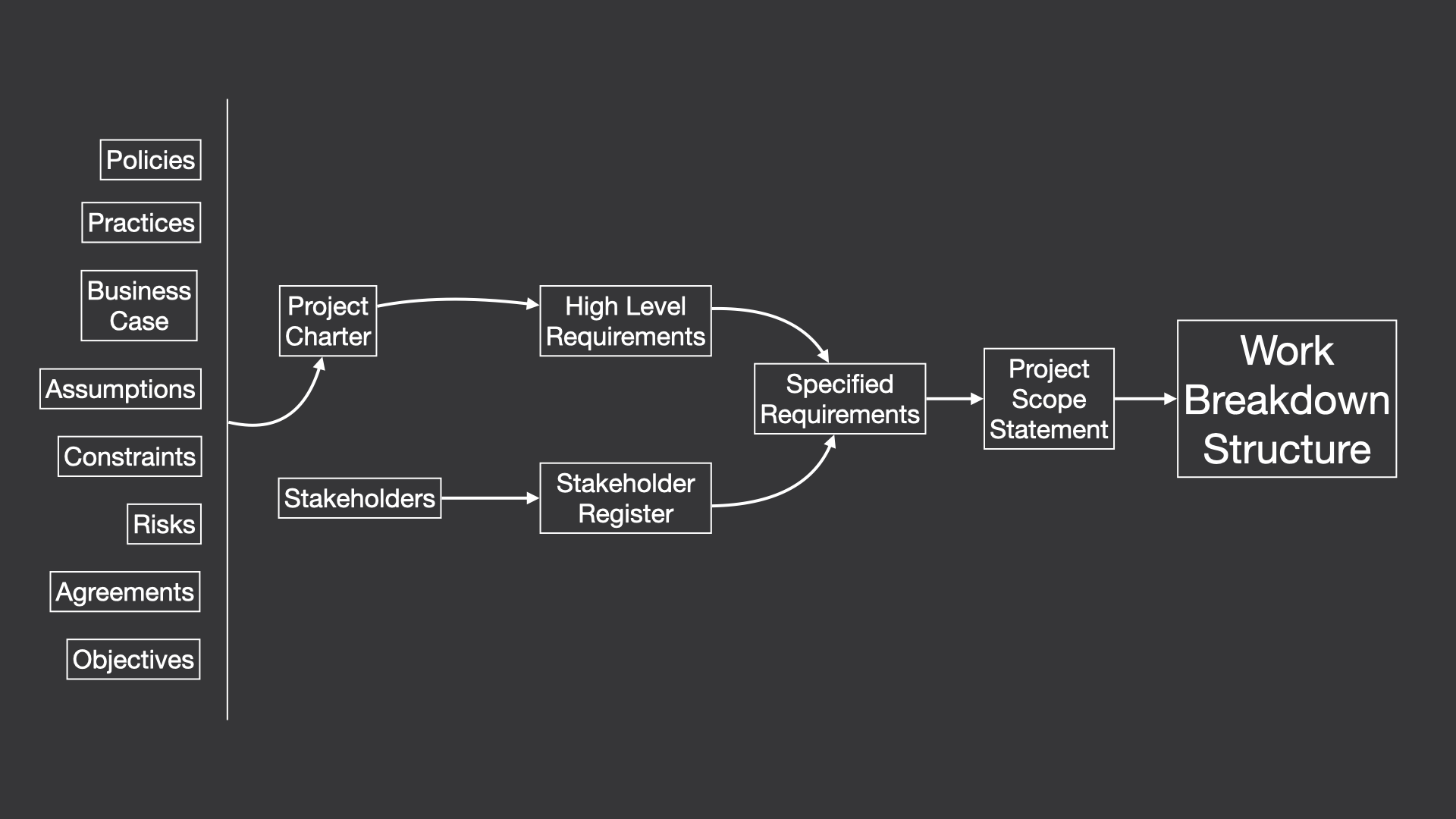
Here, you need to include high-level project requirements as they are known as of now.
Remember that you can refer to other documents here — no need to put full text in the project charter.
You’ll collect initial requirements from the stakeholders you listed above.
Here, you’ll list all deliverables and a description of the end result, service, or product your software project should produce.
It may include project documentation such as work breakdown structure, risk register, budget, etc.
Likewise, it can be an intermediate result for product development.
Factors that, for planning purposes, are considered to be true, real, or certain without proof or demonstration.
Applicable restrictions or limitations, either internal or external to a project, will affect the performance of the project. For example, you may be limited by:
It is crucial! You can fulfill or implement requirements in many different ways.
However, the project was started to achieve a particular business goal.
While your final product, service, or result may be functional and usable, it might not be able to achieve the project objectives.
Project objectives here should be concrete and measurable. Meeting these objectives will mean you finished the project successfully.
This section should state what items of the project should be approved and by whom.
In most cases, you’ll need to get approvals at critical points in the project life cycle like:
Risks are uncertain events or conditions that, if they occur, have a positive or negative effect on project performance. This section contains only a high-level risk. They will be later elaborated on during risk management processes.
All in all project sponsor should sign the project charter document.
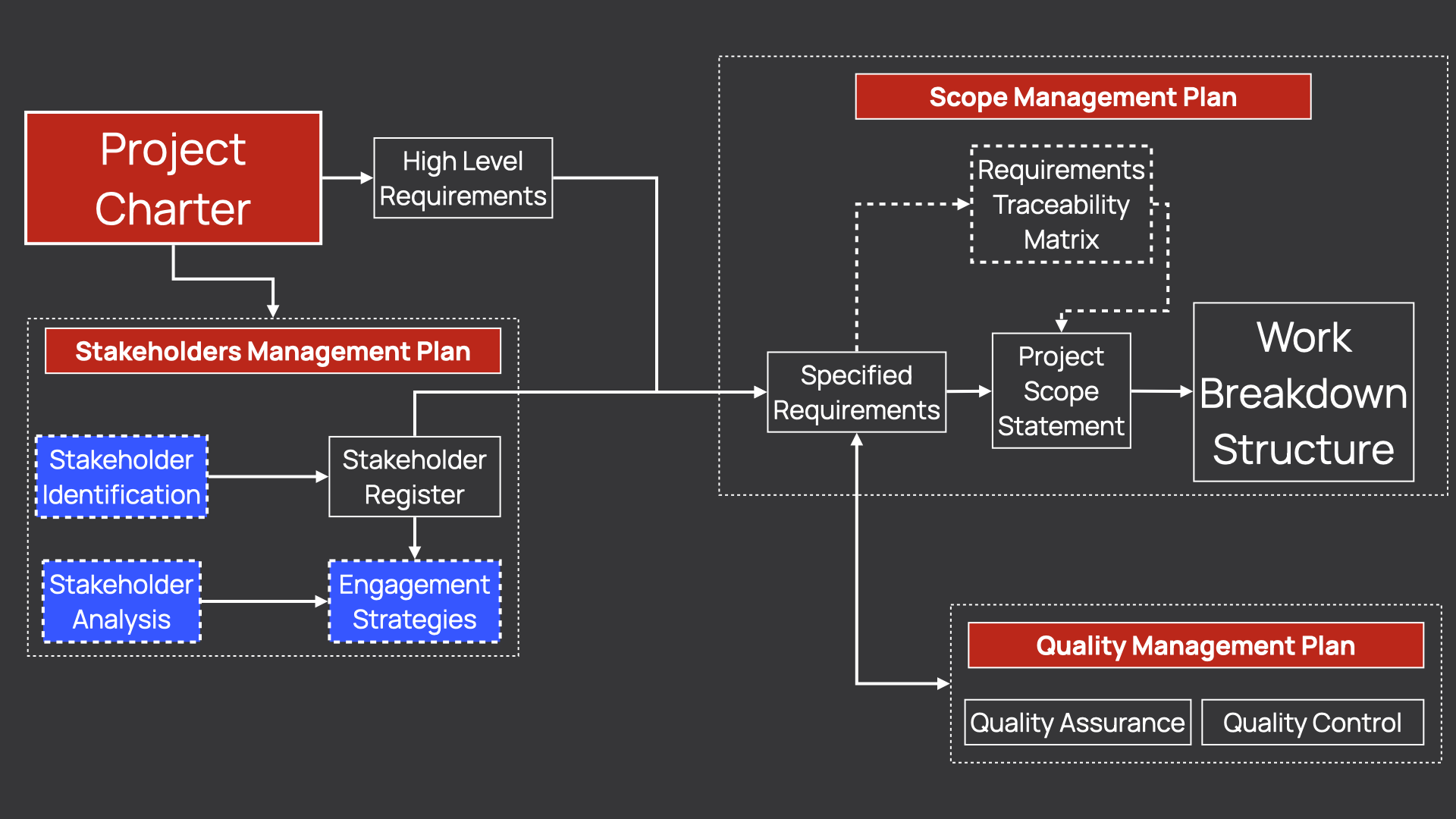
As I mentioned above, you create project charters as a soft agreement to fixate on a vision of the project scope, objectives, and timelines.
Then, you conduct various project planning activities to create a realistic project plan.
As a result, you’ll end up in two major scenarios:
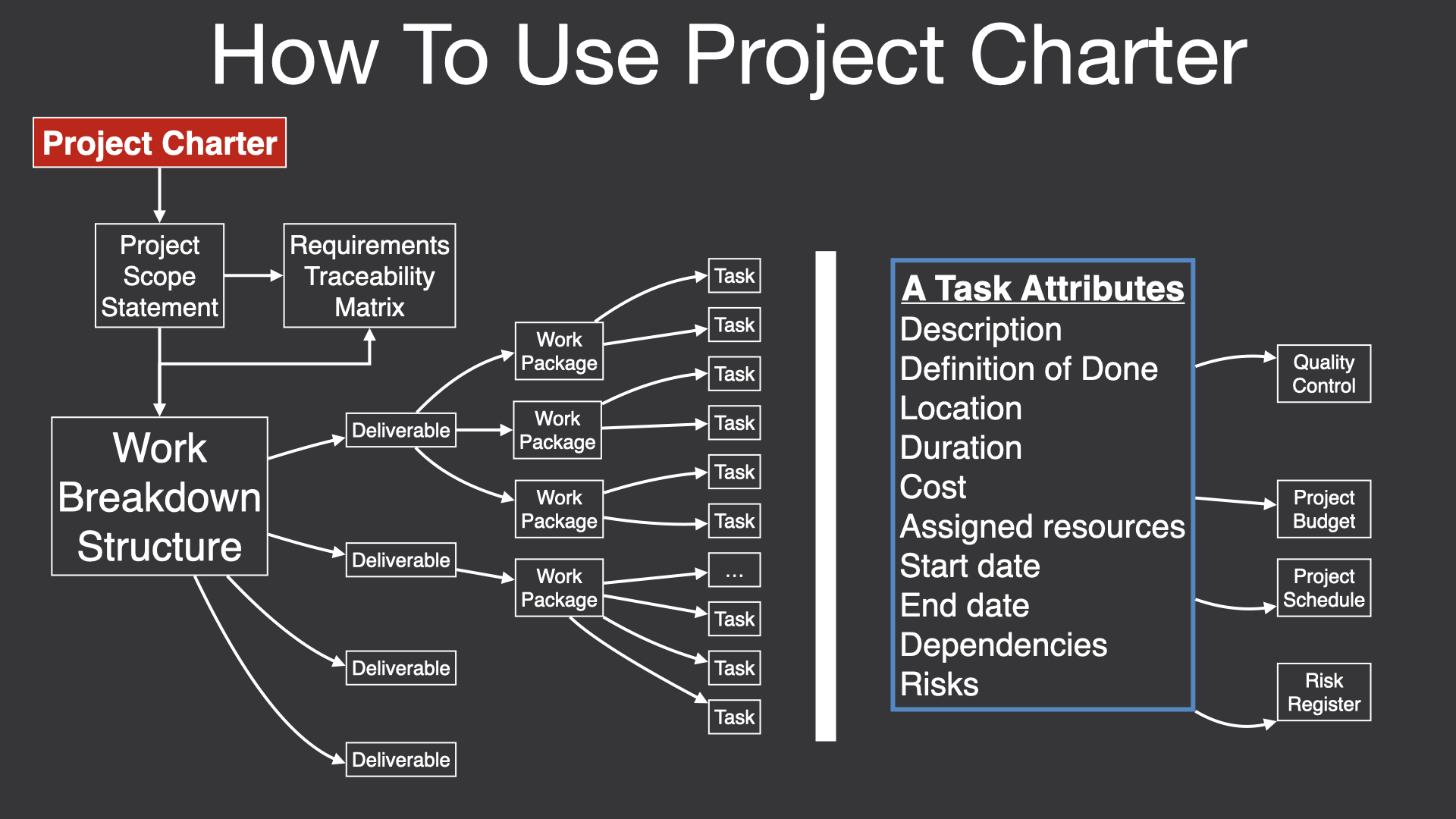
There are three major benefits that you need to remember about creating a project charter.
For example, you need to improve a software application.
Project stakeholders come up with hundreds of possible features.
As a result, you can spend a fortune and a lot of time, but still, there will always be someplace for additional improvement.
But will the improvement be worth it? Will we get ROI? Or do we just waste resources?
By providing project justification and setting specific requirements and goals, the project charter sets boundaries. It ensures that each dollar is well spent.
The project charter document states the project objective. After it is signed off, you will be spending efforts and allocated resources to reach that goal.
Changes are inevitable, and the project charter will help you to control them.
You will be able to check and ensure that every change request is aligned with a project objective. If not, it must be rejected.
Project charter can give you valid reasons to justify canceling the project.
Quite often, IT projects creep from pre-sale or initial feasibility assessment right into drafting a project plan. You continue your work without clear goals and boundaries.
The contents of a project charter will help you to avoid poor decision-making and the waste of resources and time.
You’ll work towards the agreed project goal within defined constraints, assumptions, and expectations.
Likewise, IT projects that use agile frameworks move from one release to another.
They don’t stop to re-evaluate the initial project objectives.
As a result, project stakeholders lose track of the business case that we pursue.
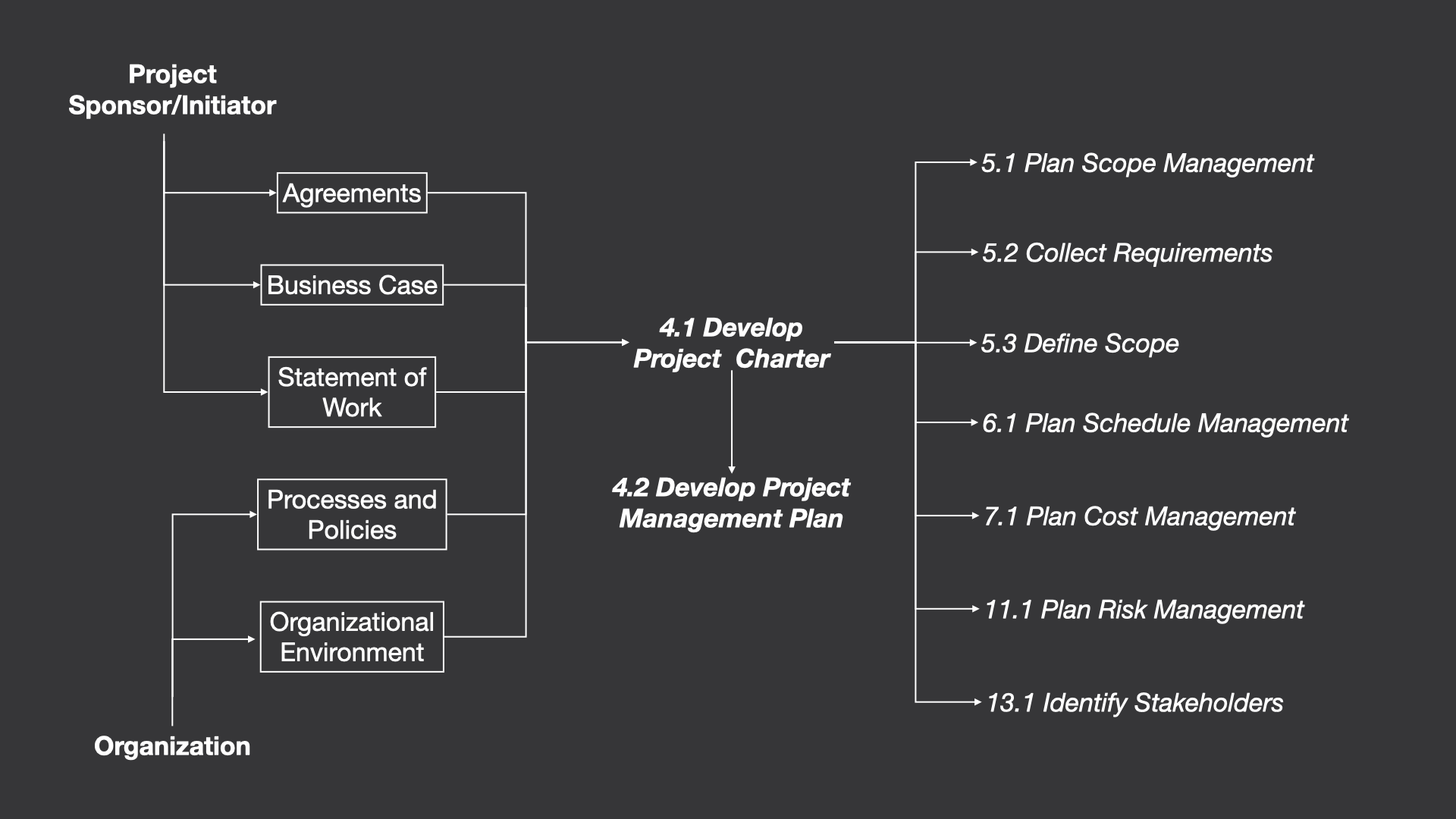
The answer is simple:
You should use the project charter template that you created yourself.
Do it once, from the beginning to the end. And create your own project charter template.
It will pay you back many times more.
There is no universal project charter template!
You can download the free project charter template and the project charter example I shared.
However, it’s only to help you to understand the concept!
But make a commitment and create your own project charter template. The process takes a few hours.
Most project managers don’t have formal education. They have to google their way through a project.
But as you can see from this article, you must be a confident manager from day one.
You have two options now:
Option #1: Try to figure it all out on your own and slow down your career for years.
Option #2: Let me explain the practical project management framework in a few days.
My Practical Project Management book covers all aspects of project management you need in the real world. All the knowledge comes from my 12 years of practical experience.
Get the book. Read it instead of random articles. Master a practical project management approach that will boost your knowledge and skills.
All successful project managers know it’s better to learn from someone else’s experience (aka lessons learned). That’s because you are confident that these tips and tricks do work in the real world.
If you want to become a great project manager, get the book now.